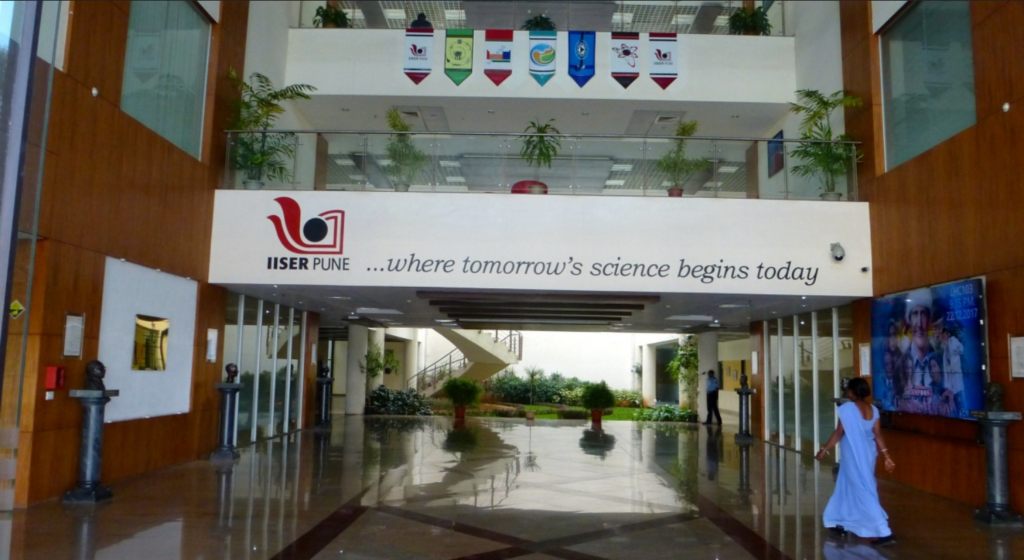Physicists from Pune have successfully showcased an innovative experimental protocol designed to enhance the retrieval and transfer of optical information and energy on a microchip scale. This method holds promise in optimizing fiber and optical communications essential for daily internet and telecommunication services. As electronic and communication devices continue to shrink, the need for information decoding technologies operating at microchip or smaller scales becomes increasingly crucial.
The encoding and transmission of information using structured light have garnered attention globally, prompting ongoing research to develop methods for storing and retrieving such information. Addressing this demand, a team led by G V Pavan Kumar from the Indian Institute of Science Education and Research (IISER), Pune, has introduced an advanced experimental protocol.

In their experiments, the team successfully retrieved the spin angular momentum and orbital angular momentum of light through scattering, utilizing silver nanowires. The metallic nature of silver nanowires enhances their interaction with light in the experimental configuration.
According to Kumar, both angular momenta of light serve as vital degrees of freedom in a propagating light beam, capable of encoding optical information and exploring interactions between light and matter at scales smaller than the wavelength of light. This is particularly relevant in scenarios where nanoscale optical forces and torques play a significant role.

The IISER scientists assert that such protocols are well-suited for decoding information at microchip levels. They emphasize that their protocol, utilizing light-scattering techniques, offers a new pathway for information retrieval. Scholars Diptabrata Paul and Deepak Sharma, contributors to the study published in the journal Laser & Photonics Reviews, suggest that this protocol can be applied to exert optical forces and torques on the scale of a large molecule.
Furthermore, the researchers believe that these pathways have the potential to enhance light-molecule interactions, improving optical data reading in both classical and quantum optical regimes. The protocol’s applications extend to the rotation and sorting of micro and nano-objects, particularly in chiral biological environments and nano-scale optomechanics within classical and quantum regimes.



